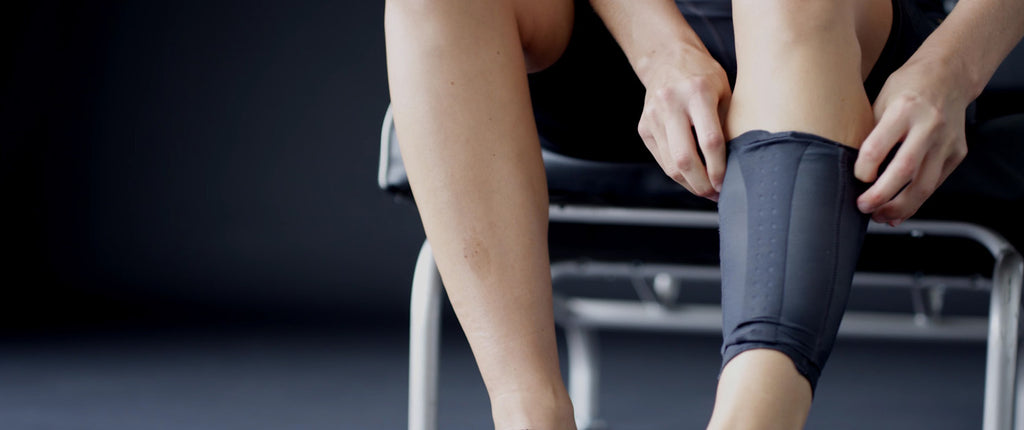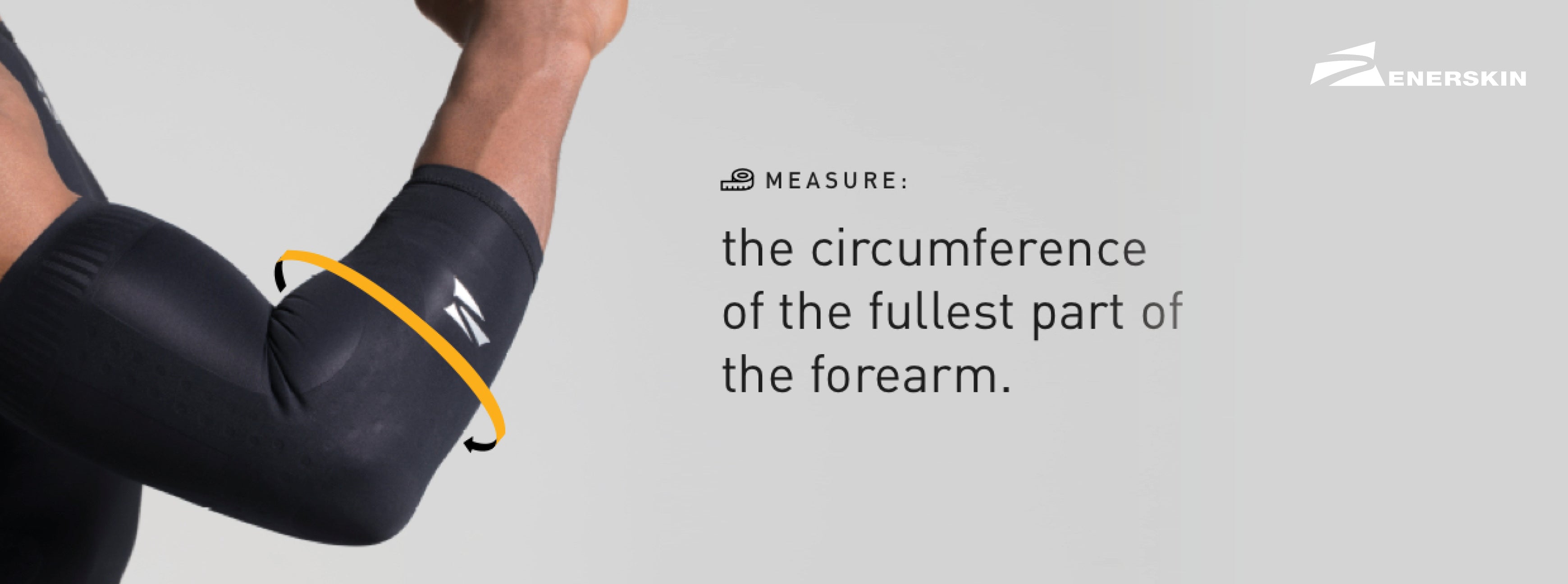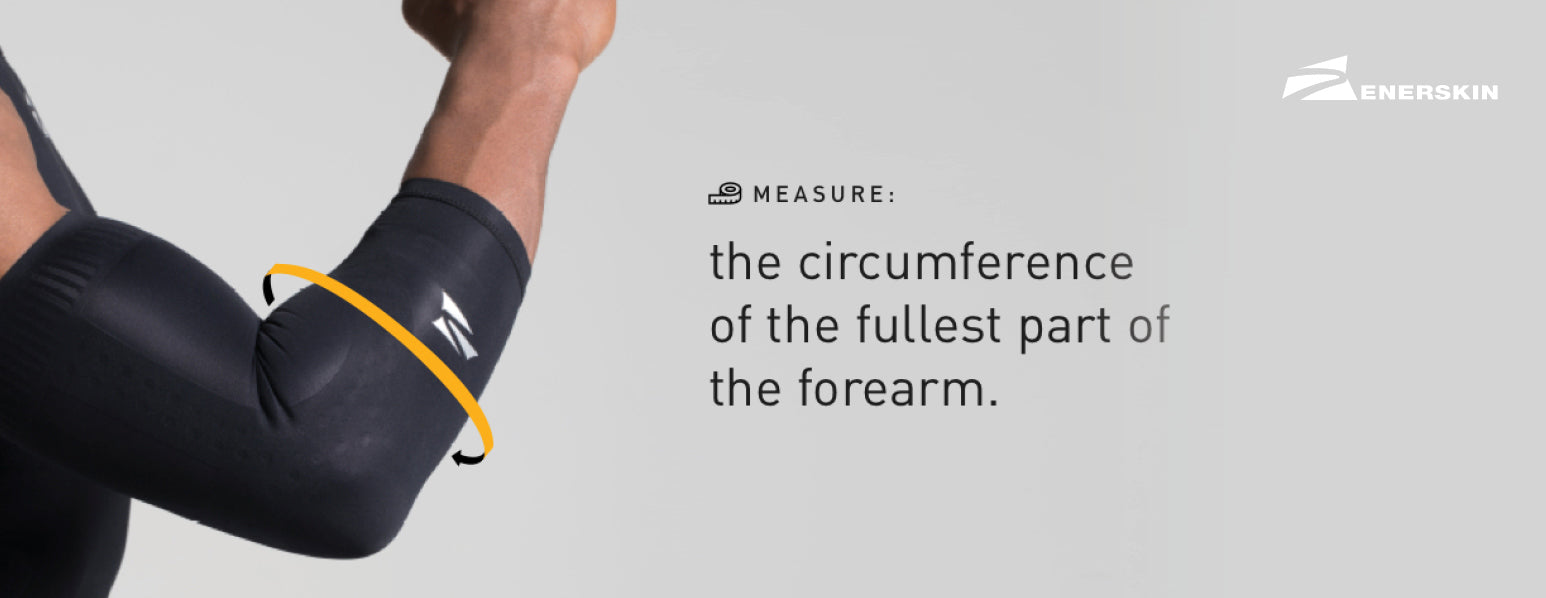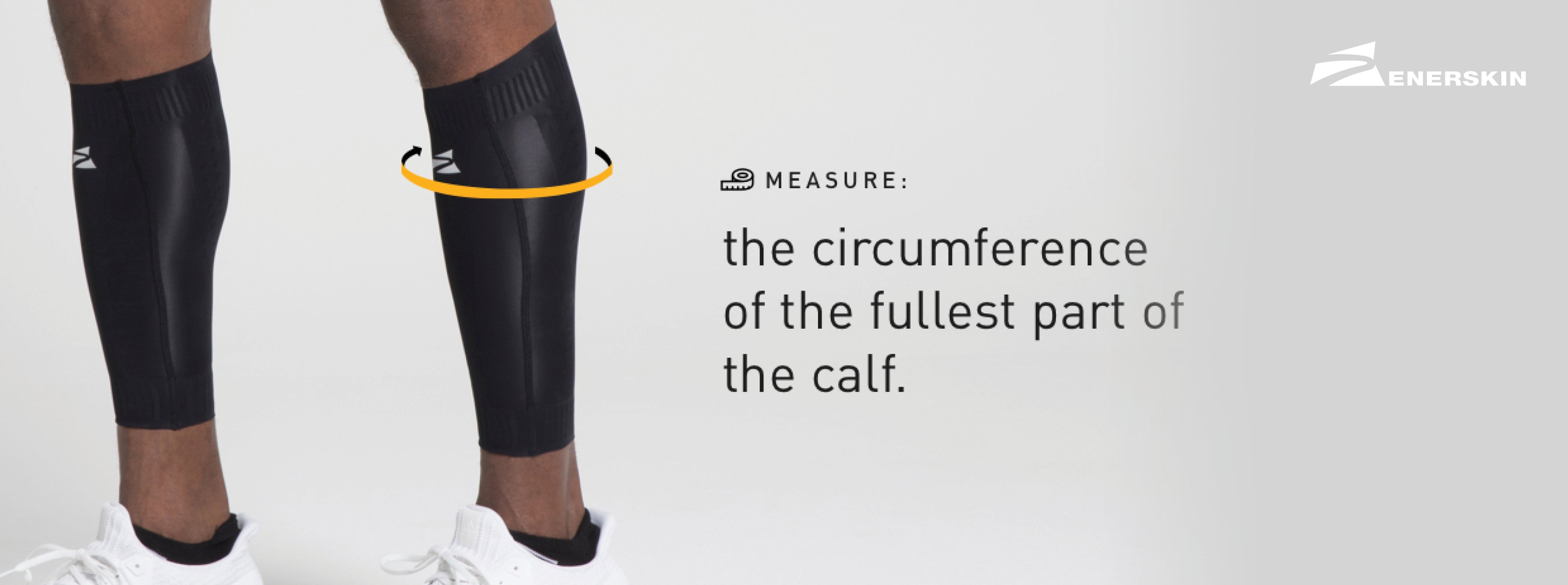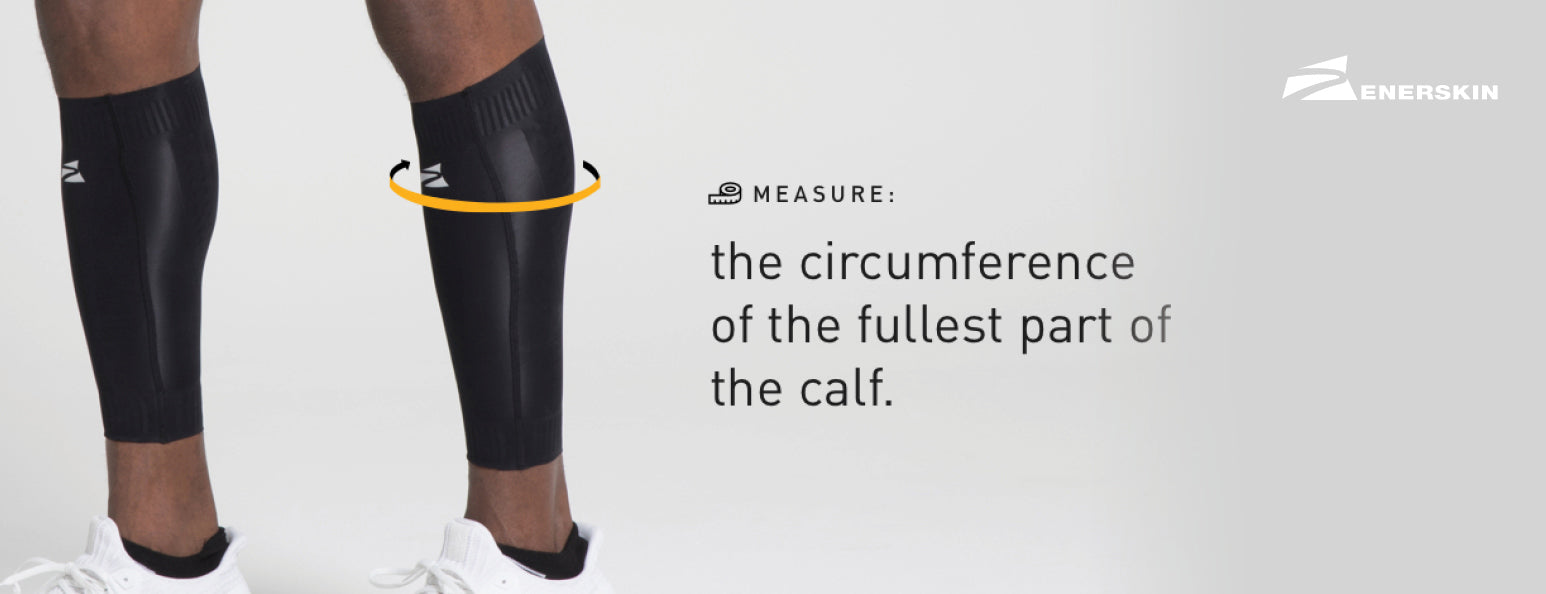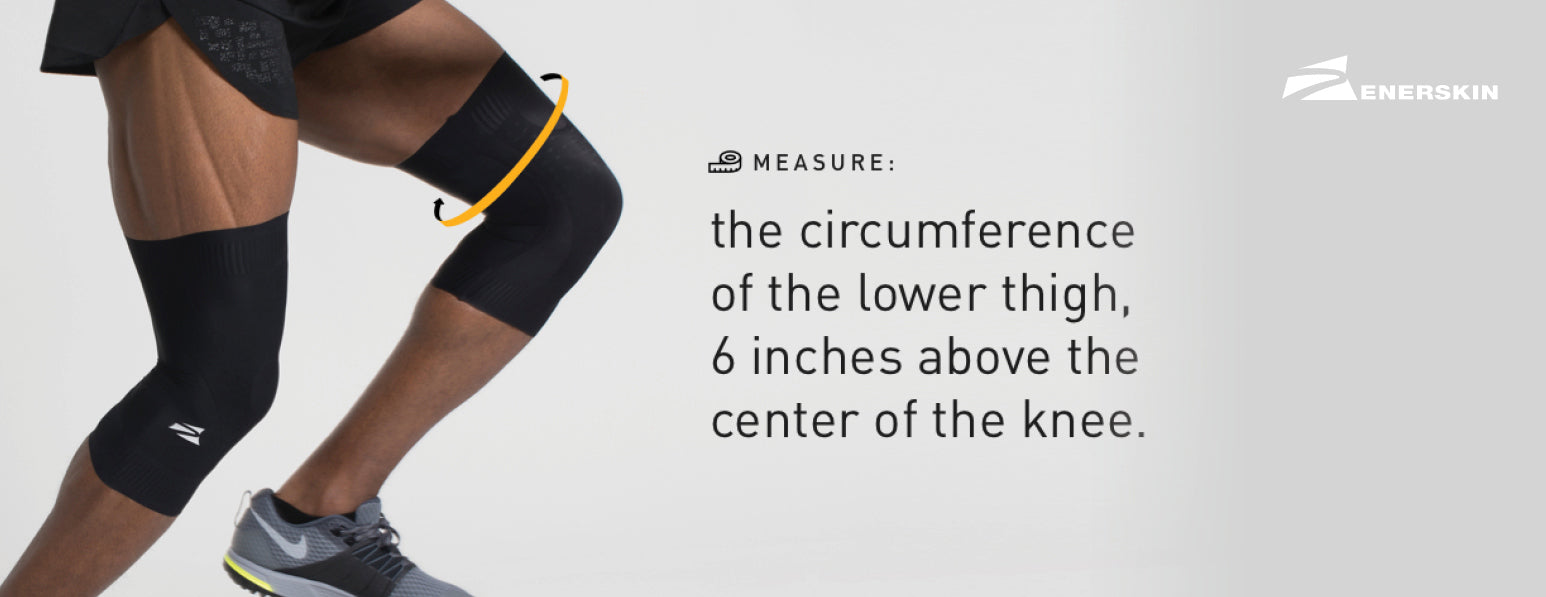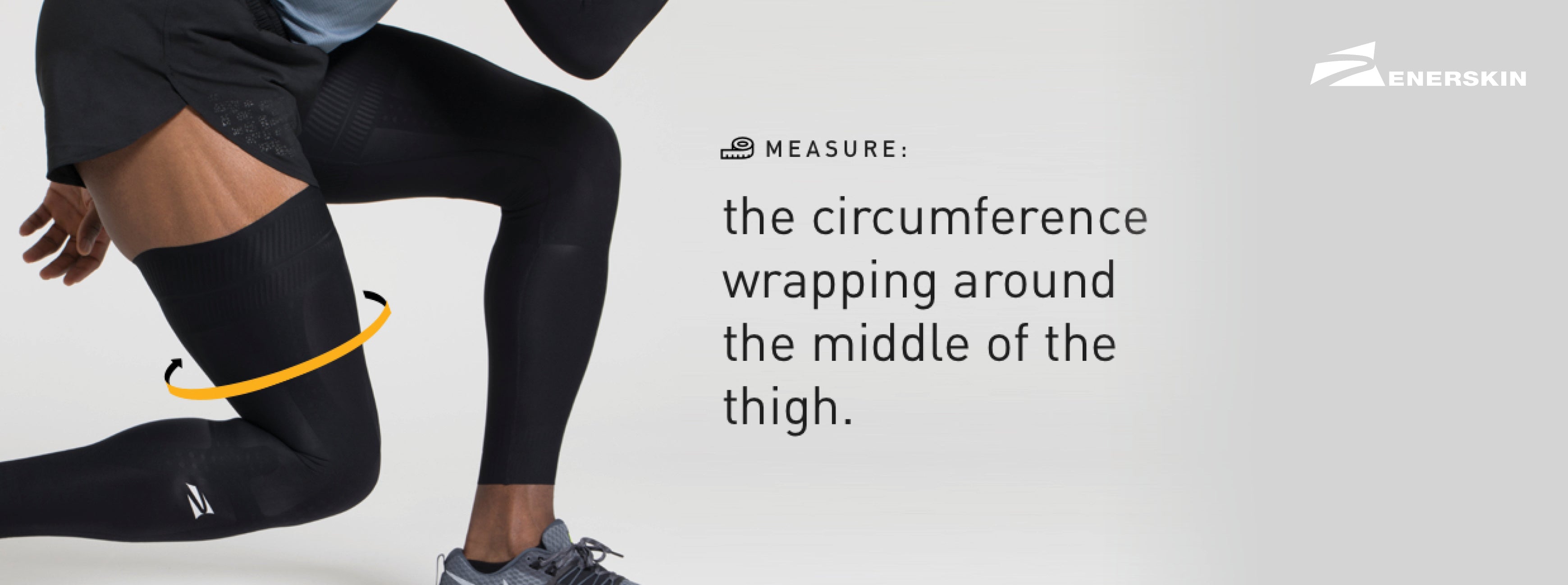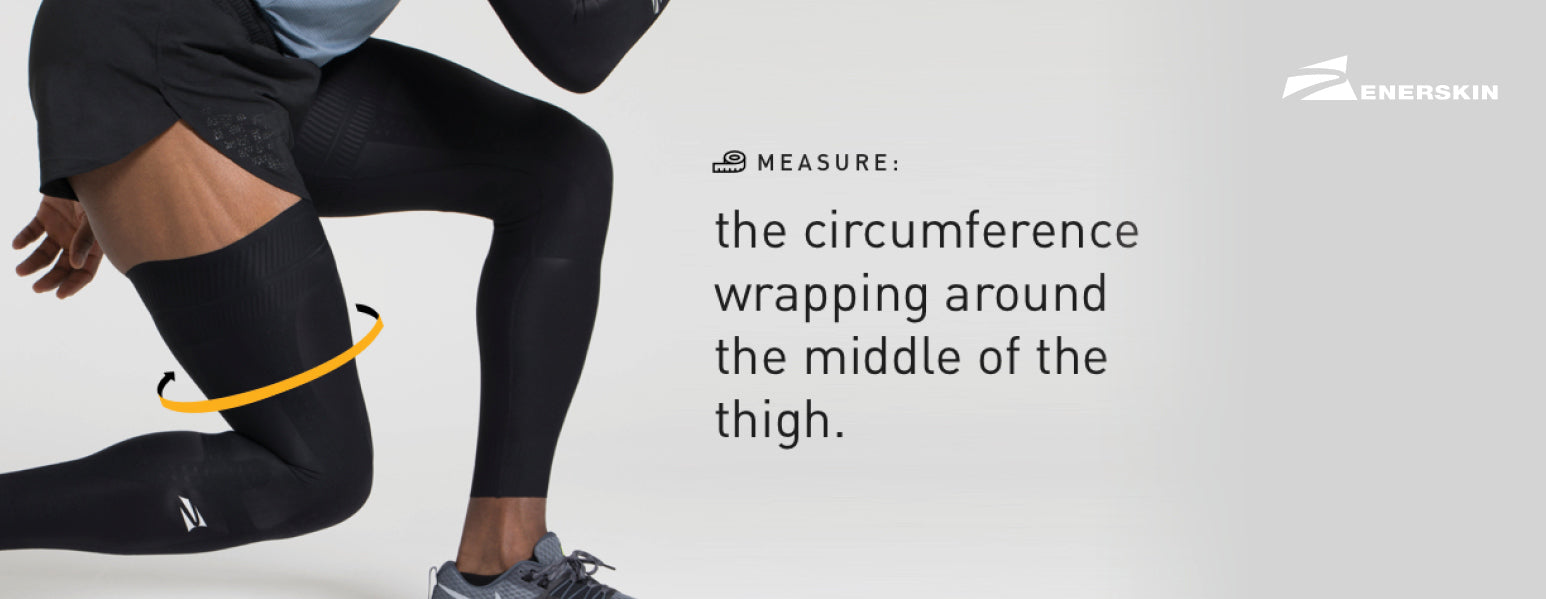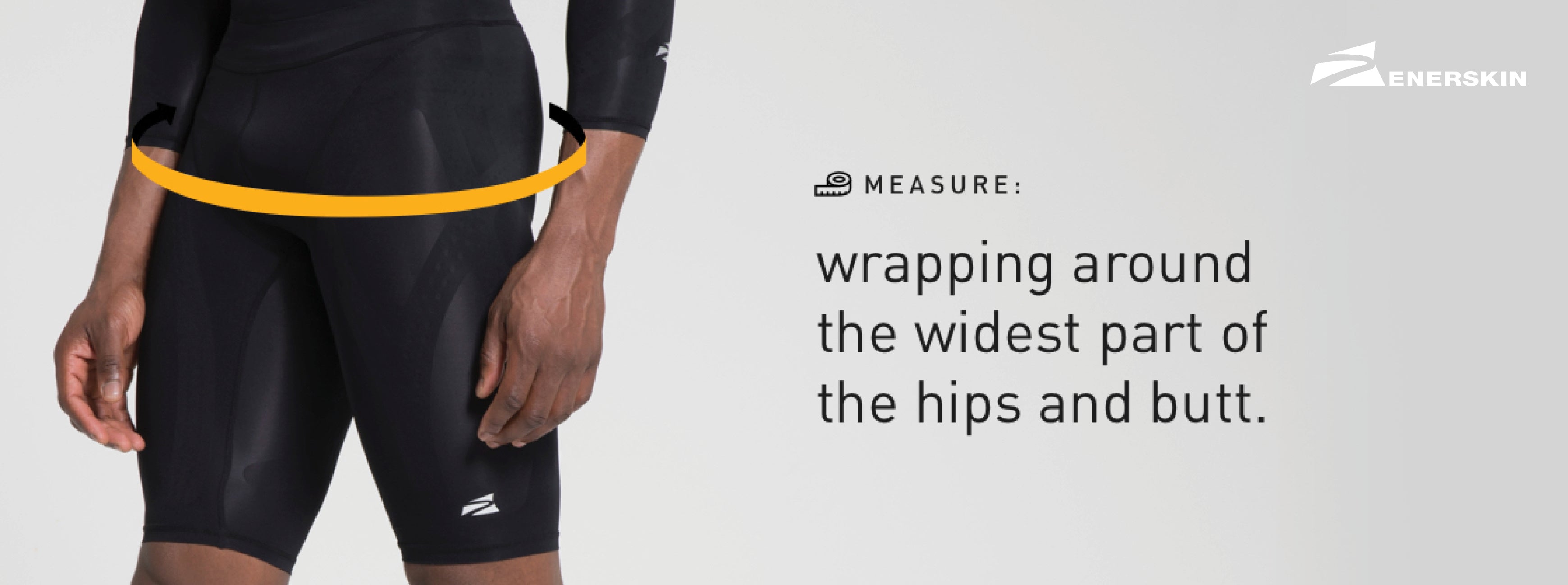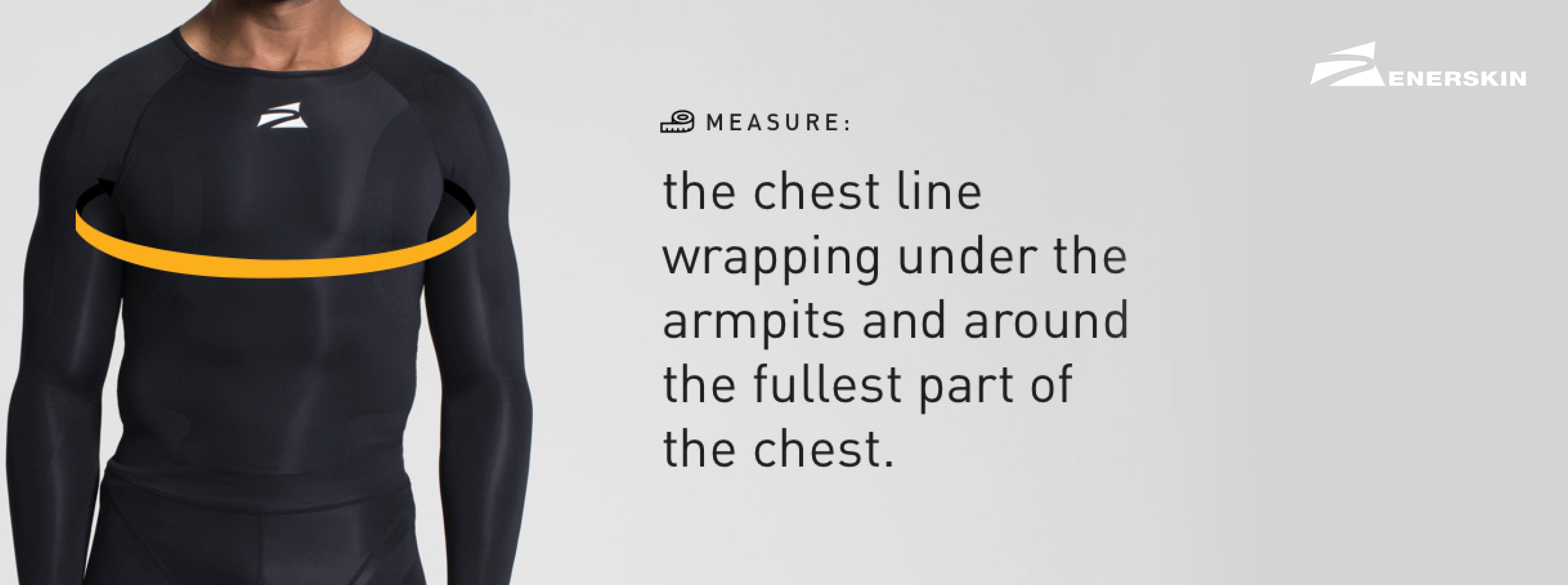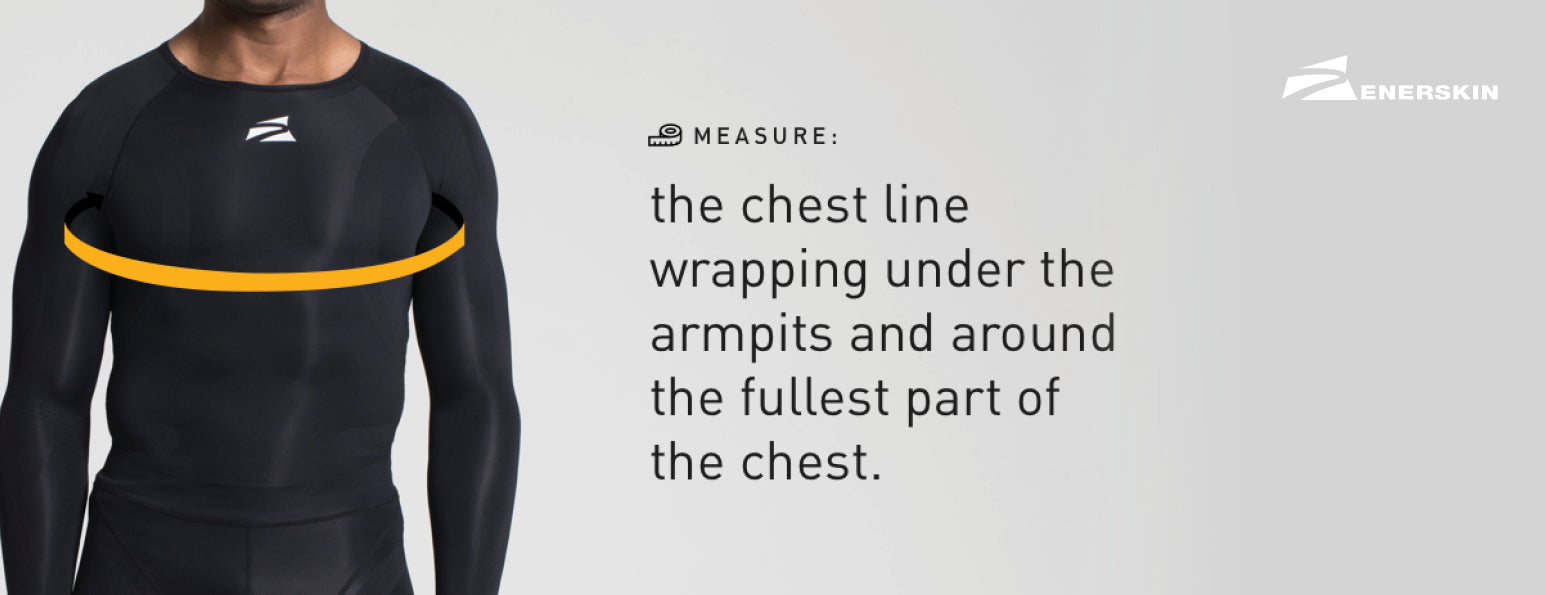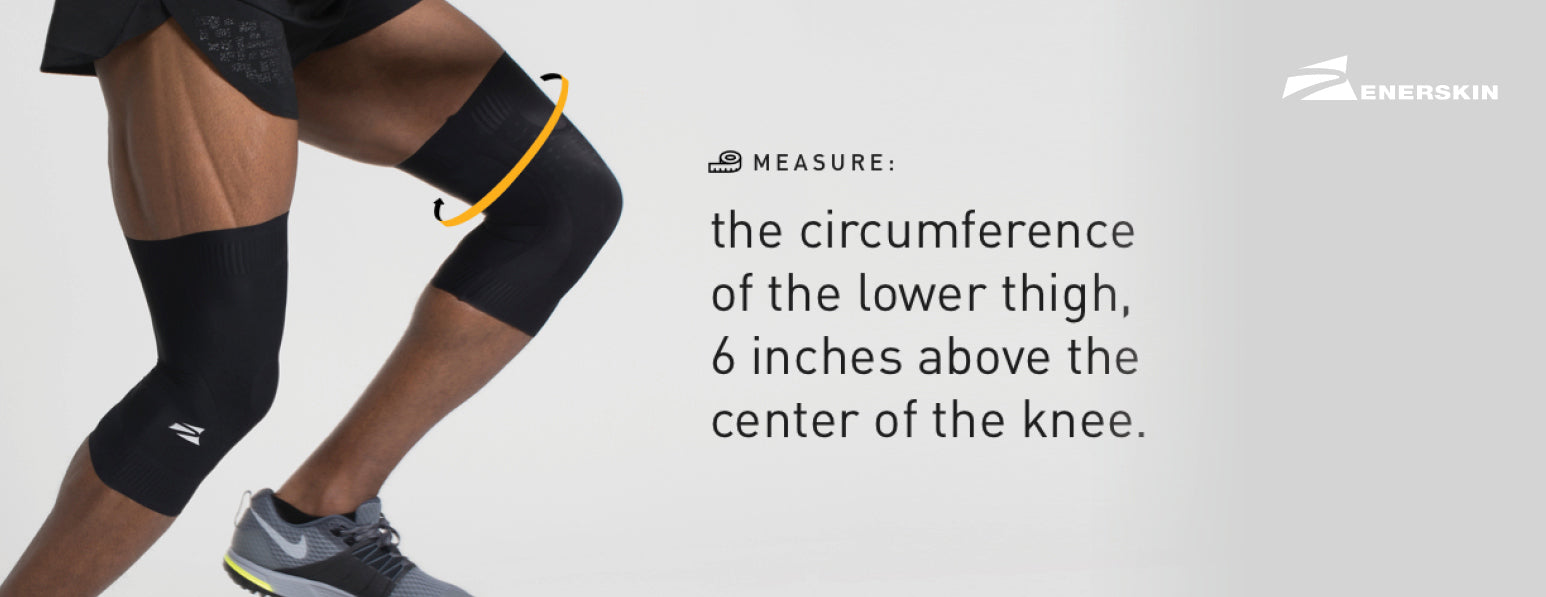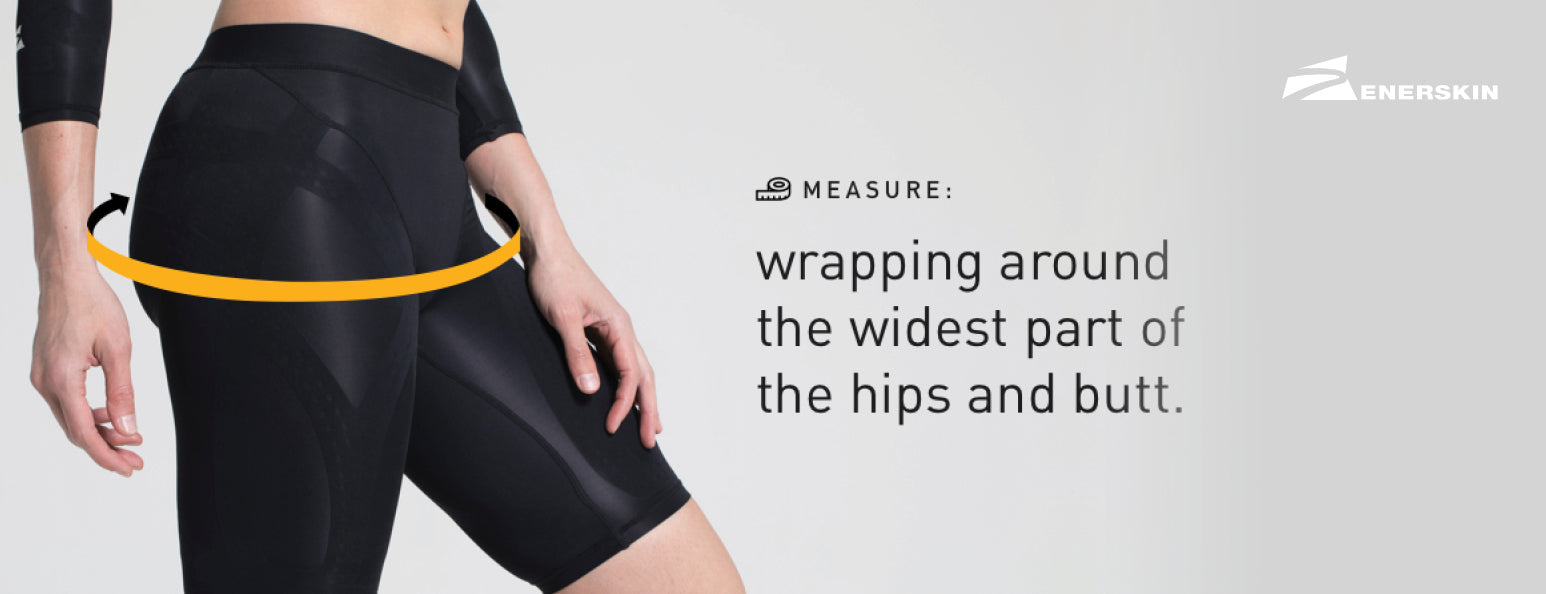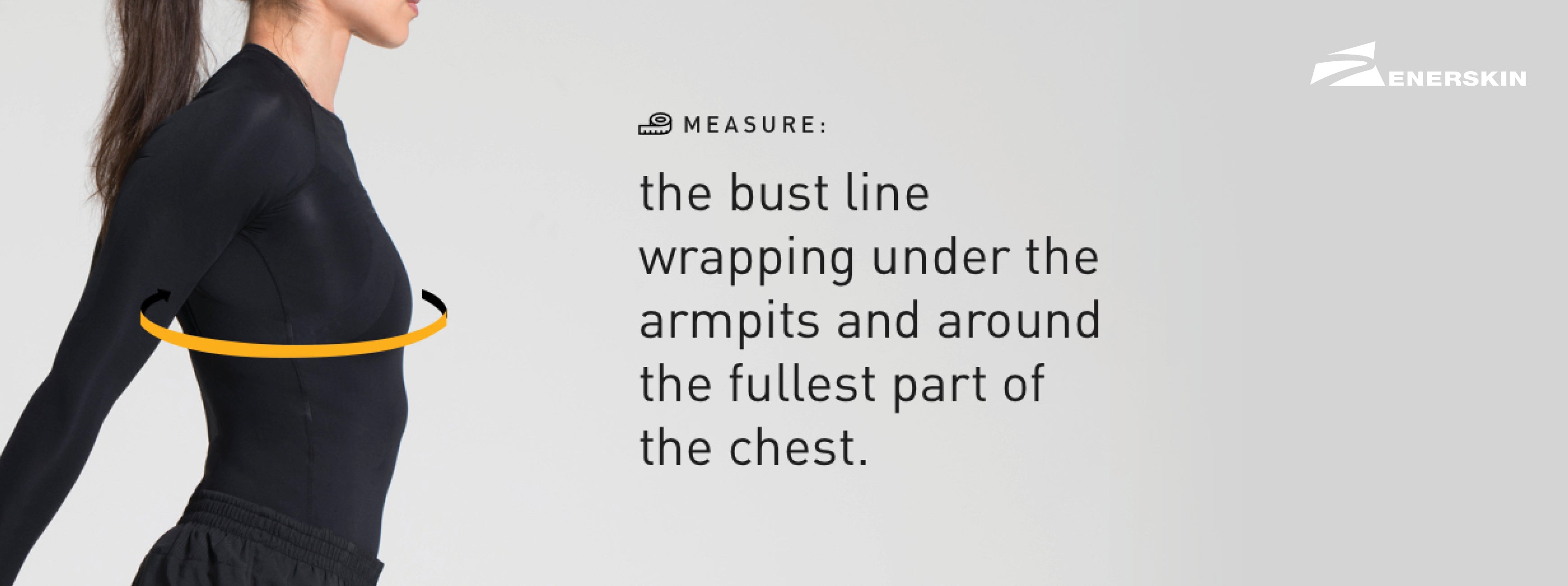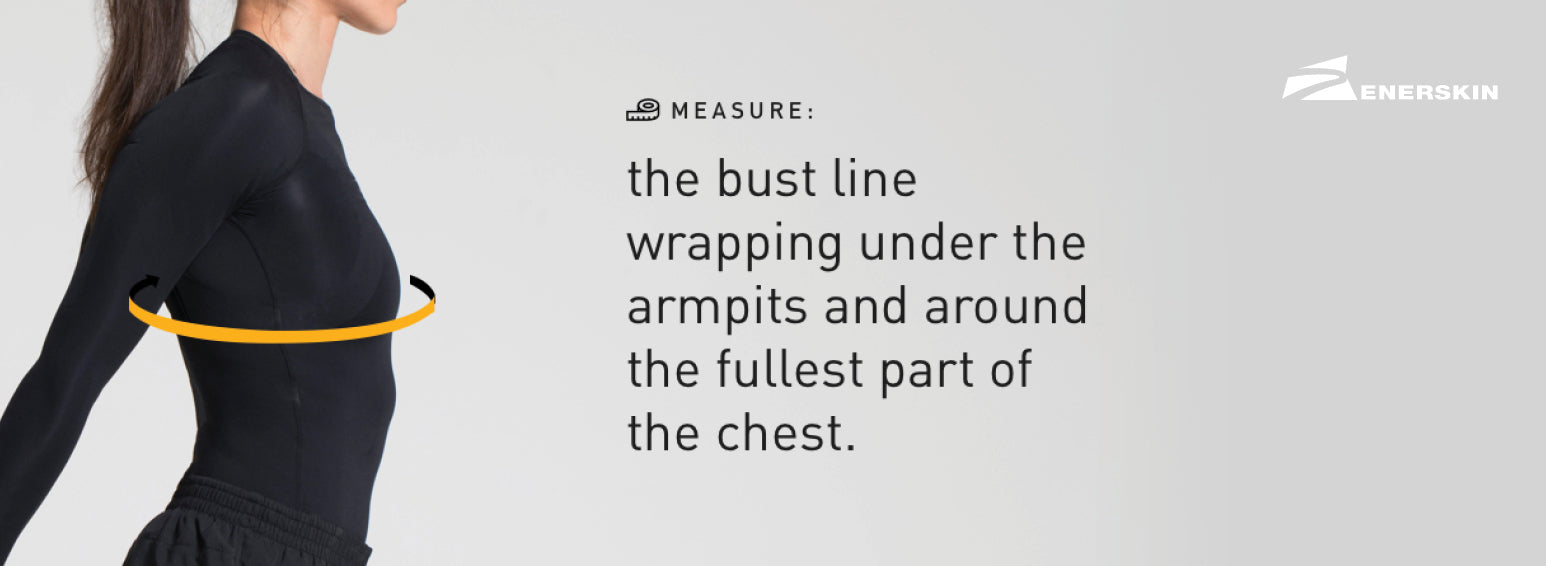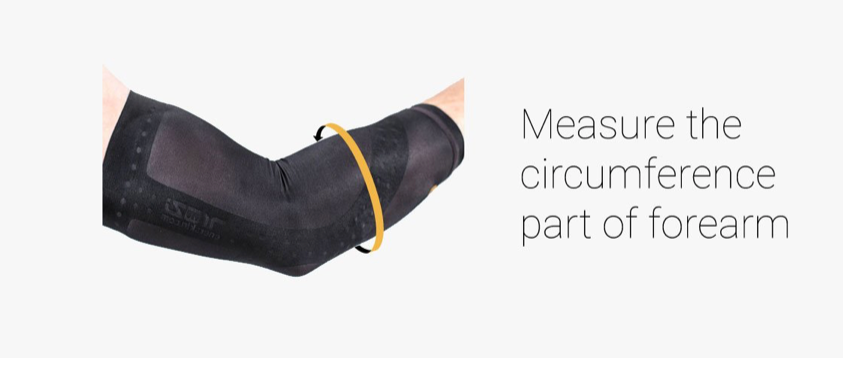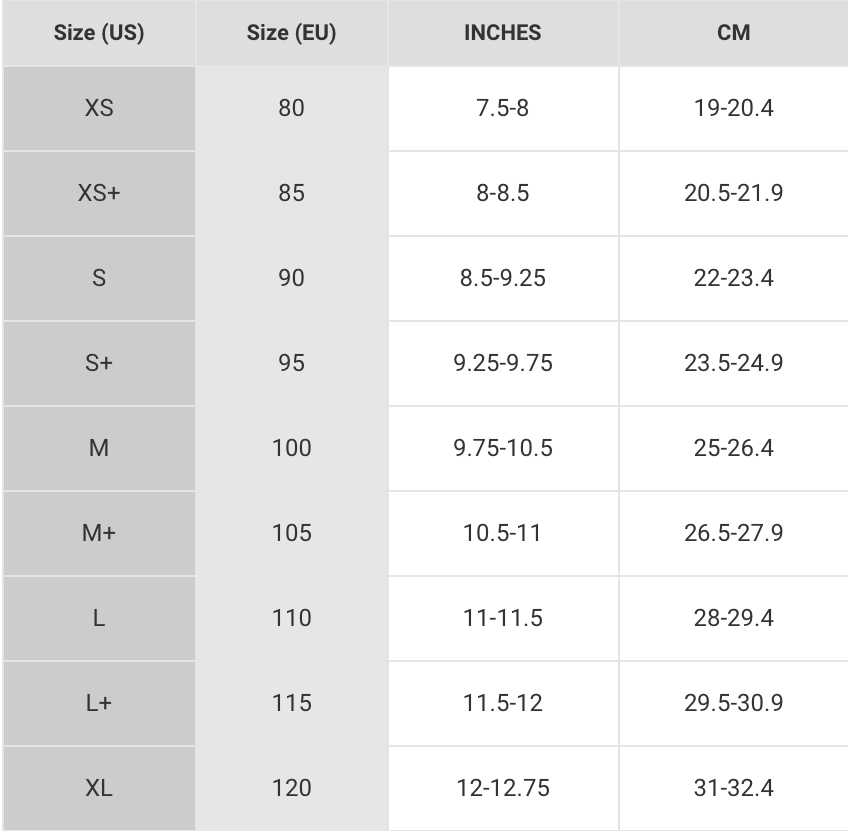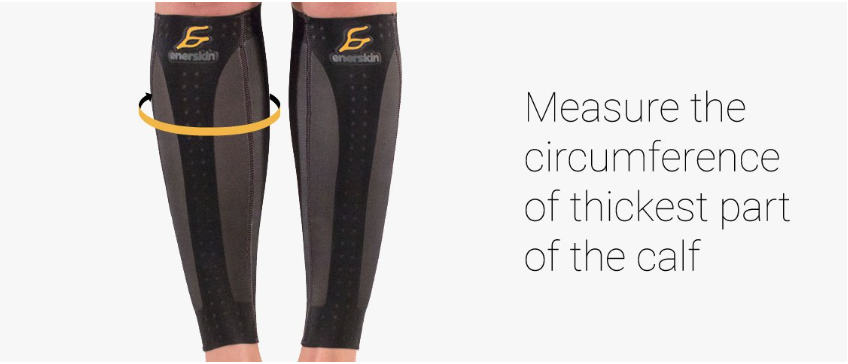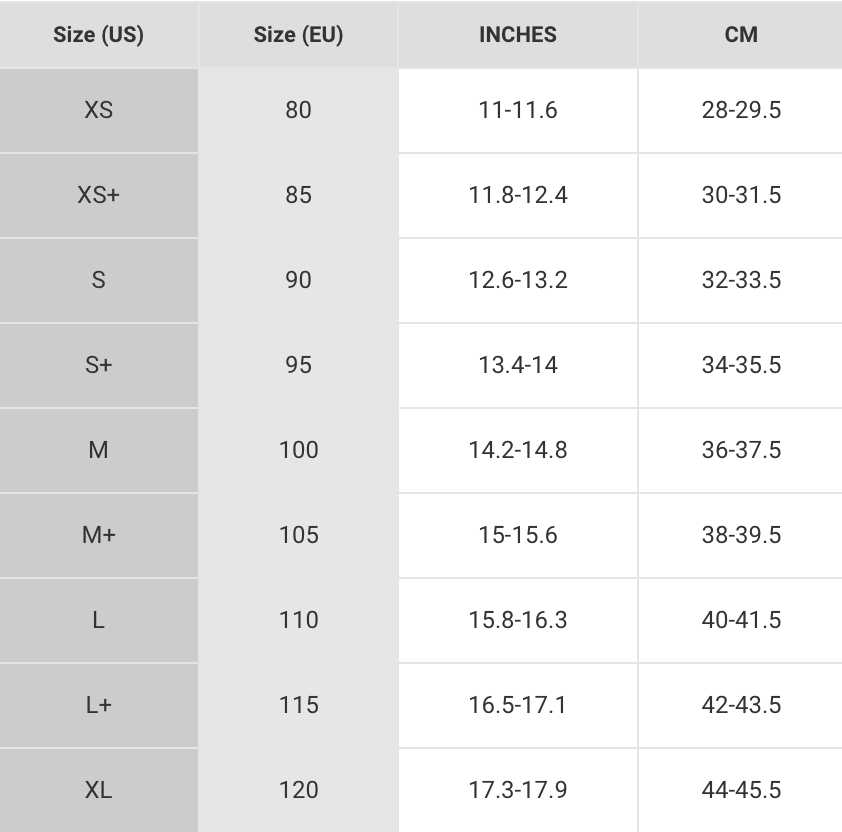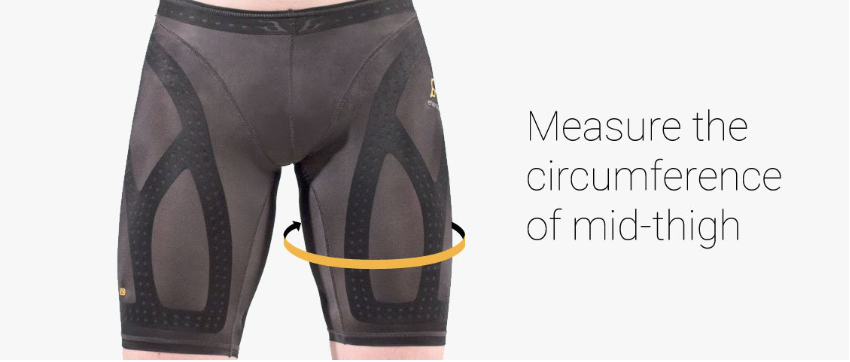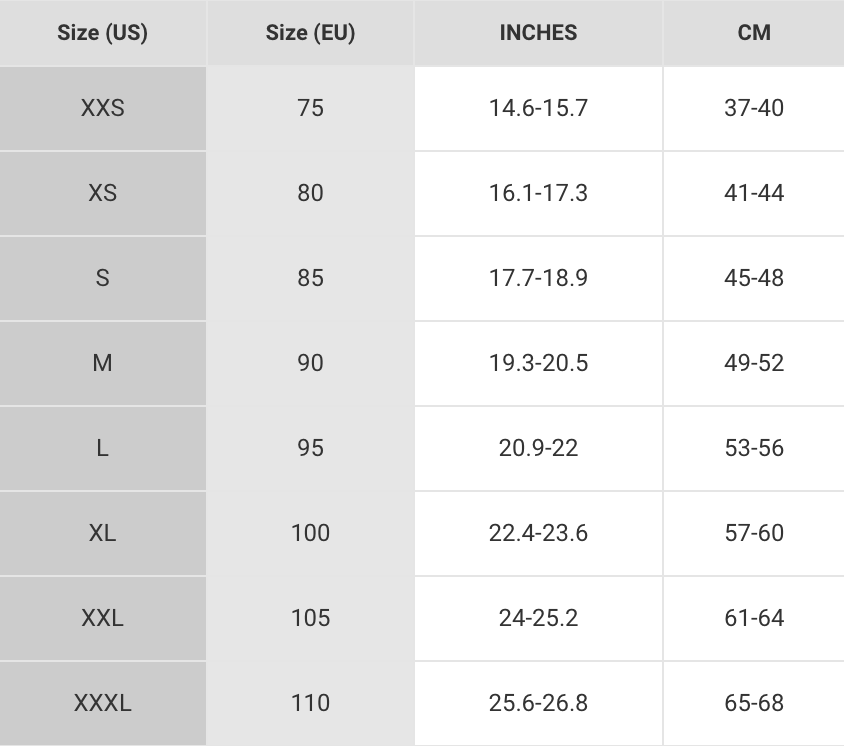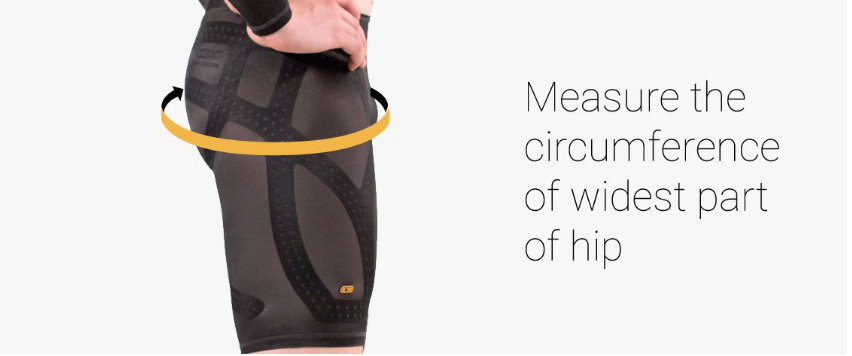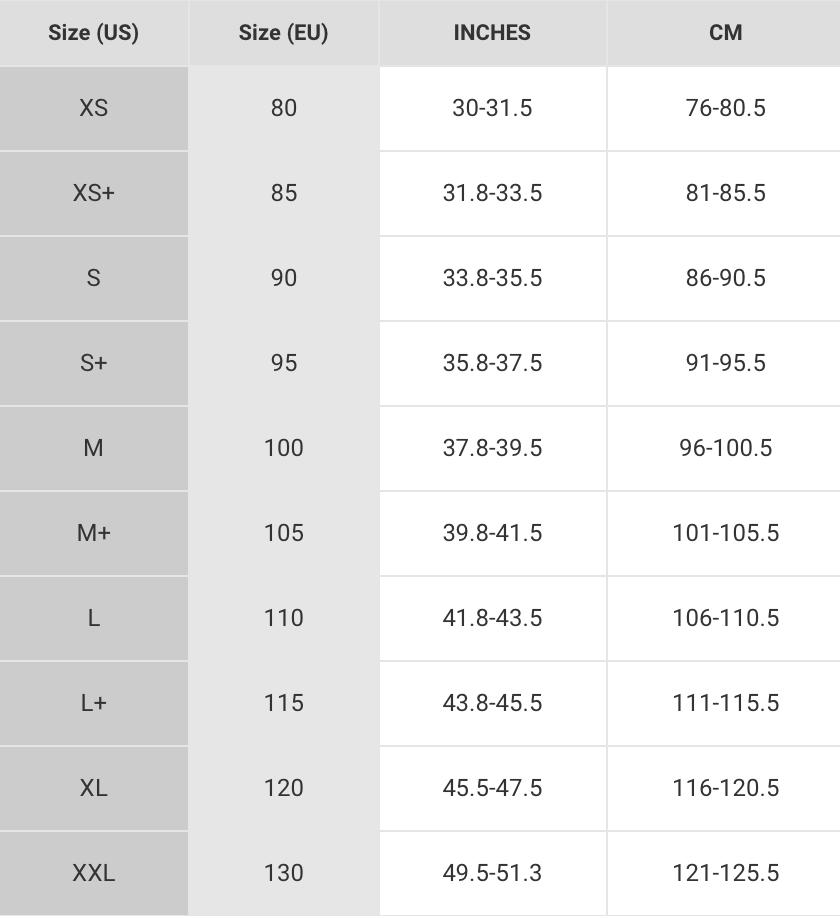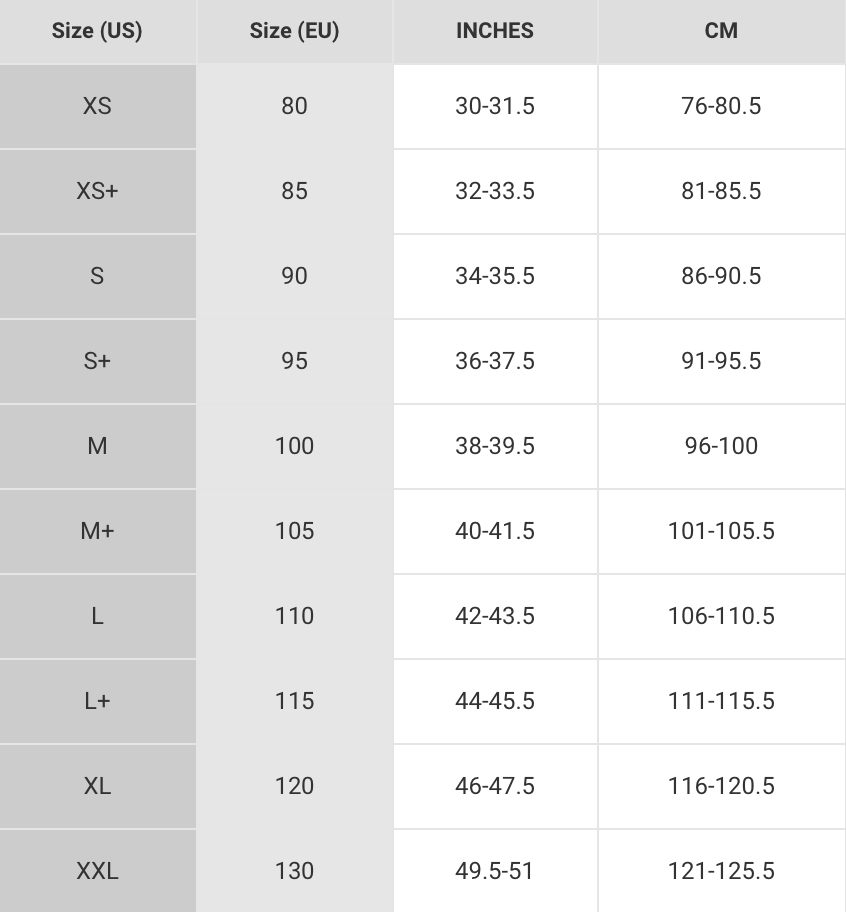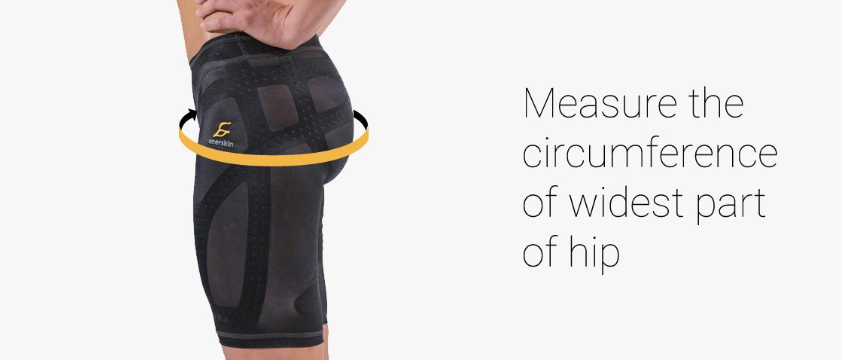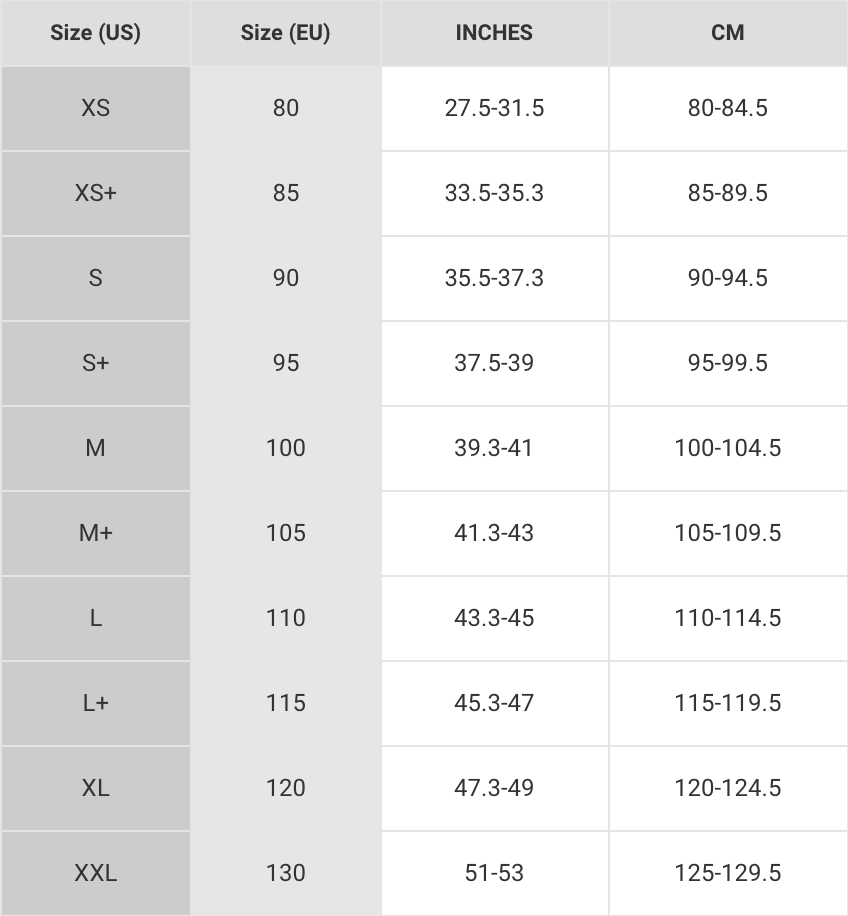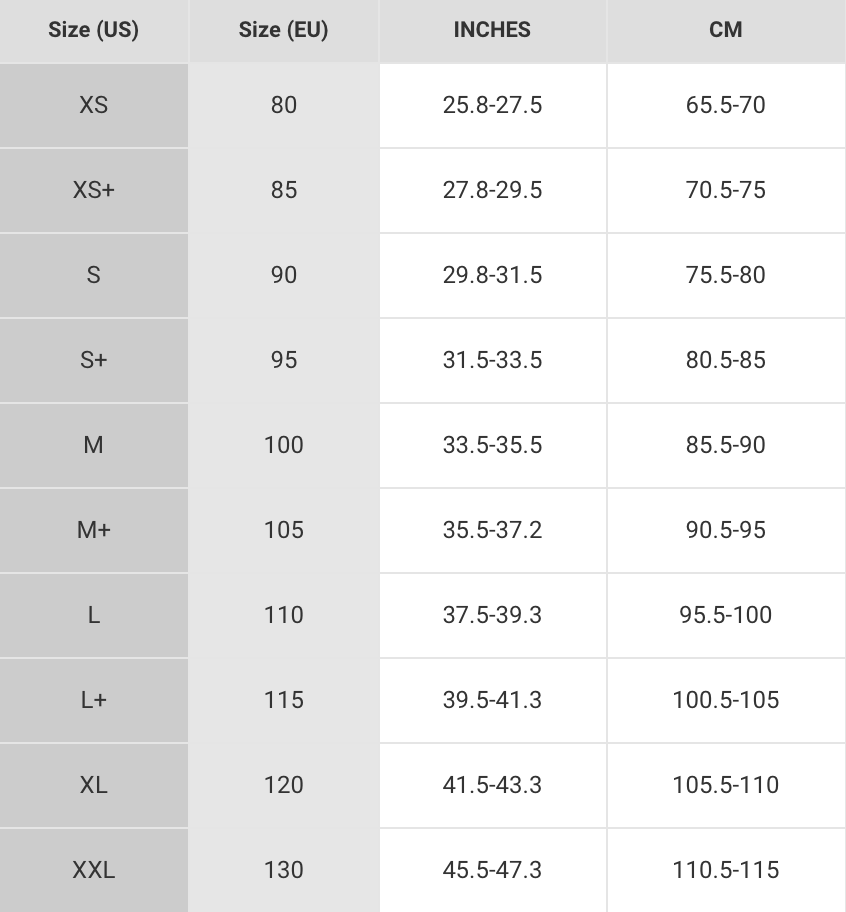An Introduction to Kinesiology Taping
If you’ve watched any recent Olympic Games, you likely saw athletes donning bright and colorful tape on their shoulders, knees, or seemingly any other trouble spot on their bodies. It was more than just for show - the athletes using these were convinced they would gain a performance edge as a result.
Kinesio tape, as it’s called, is also known by many other names. From elastic therapeutic tape to k-tape to KT, this tape is distributed by a range of companies from the original Kinesio to more recent competitors such as RockTape and KT Tape.
At the core, these types of athletic tapes are designed to relieve pain from minor injuries or overuse while providing additional support for muscles, ligaments, and tendons. Originally invented in 1979 by Dr. Kenzo Kase, kinesiology taping has exploded in recent years, with tons of TV coverage, athlete sponsorships, and even classes to certify people to apply the tape.

In this post, we’ll take a closer look at the tape itself, stripped from hype and endorsements. Our hope is that you gain a better understanding of KT and can evaluate whether this type of taping is something to add to your own athletic training and activities.
What Makes Kinesio Tape?

Kinesio tape is an elastic athletic tape with the following features:
- Typically made of cotton with medical-grade acrylic adhesive
- Latex-free and hypoallergenic
- Water resistant
- Does not impact range of motion
- Can be worn for up to several days on a single application
- Provides tension that gently pulls on the skin
That last point is what sets k-tape apart from normal athletic tape and also happens to be the root of its claimed benefits. The idea that the elastic tape provides just enough tension to lift the skin and help move blood and lymphatic fluid is not without its controversies. What do actual scientific studies say?
Scientific Studies on KT Tape
According to a 2015 British Journal of Sports Medicine study, Kinesio tape was found to effectively reduce chronic musculoskeletal pain compared to minimal treatment such as icing. However, the study authors noted that k-tape wasn’t superior to other treatment approaches such as physical therapy. This means that KT should be a supplemental part of the overall treatment plan, not the treatment itself.
Furthermore, a 2016 study published in The Physician and Sports Medicine found that Kinesio taping significantly decreased pain and swelling for knee inflammation compared to anti-inflammatory medicine.
However, there has been limited evidence that k-tape lifts the skin to allow for increased flow of lymphatic fluid and blood. The important takeaway here is that this type of taping provides support and could help with pain and swelling, but should be considered part of a more comprehensive approach to injury prevention and recovery.
Enerskin E75 Silicone Muscle Mapping
That’s where Enerskin’s E75 line of compression sportswear comes into play. The E75 collection combines compression with kinesiology taping in an easy-to-wear package. Our line of compression gear helps athletes experience the benefits of therapeutic taping in a reusable form that saves money and doesn't damage their skin.
The E75 uses the latest research in sports medicine to develop the most effective muscle mapping support tape. The patented silicone support tape takes the guesswork out of using kinesiology tape, offering enhanced performance and optimal support to the most critical muscles and joints.
In our next post, we’ll take a deeper dive into Enerskin’s take on KT taping and how we’re committed to getting even the smallest details right.
Sources:
https://kinesiotaping.com/about/what-is-kinesio-tape/
https://en.wikipedia.org/wiki/Elastic_therapeutic_tape
https://runnersconnect.net/does-kinesio-tape-work/
https://www.cramersportsmed.com/first-aider/does-kinesiology-tape-really-work.html
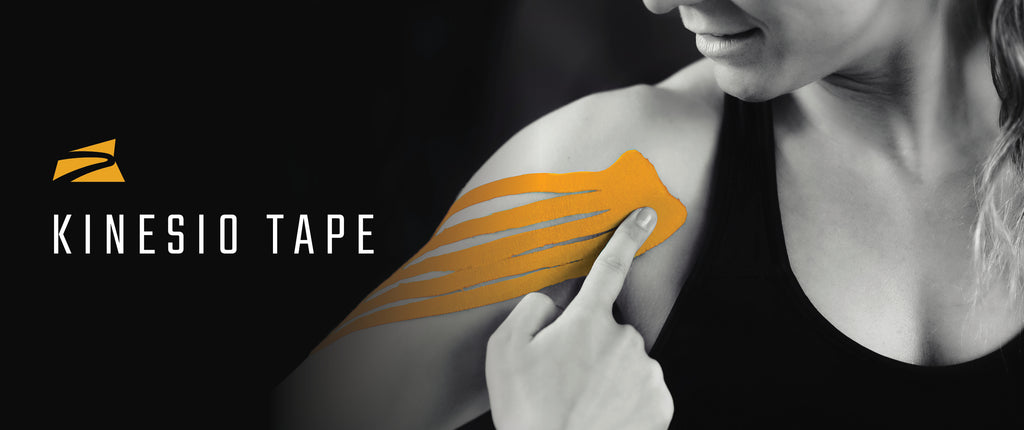
you may also like


